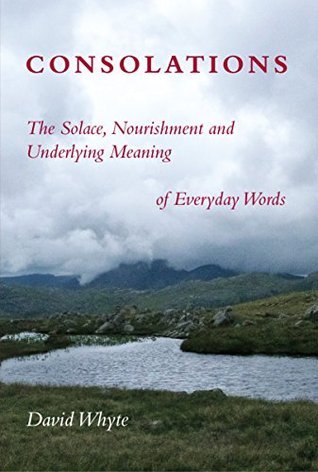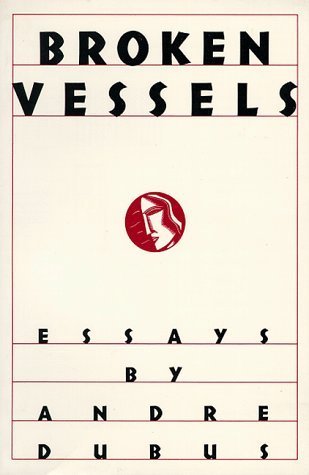
Still Life with Oysters and Lemon: On Objects and Intimacy
Book Description
Two shells, one lemon, and an intense exploration of desire—Mark Doty’s 'Still Life with Oysters and Lemon' invites readers into a world where objects reveal the intimate stories of life and loss. Each chapter vibrates with the pulse of beauty and longing, exploring how seemingly mundane items connect the past and the present, igniting reflections of love, memory, and vulnerability. As Doty dissects these artifacts, the ordinary becomes extraordinary, unveiling truths that resonate deeply within the soul. What secrets linger in the spaces between us and the objects we cherish?
Quick Book Summary
In "Still Life with Oysters and Lemon," Mark Doty embarks on a meditative journey through the intimate worlds evoked by simple objects. Prompted by a Dutch still life painting, Doty reflects on how everyday items hold emotional significance, linking the personal and universal experiences of longing, love, memory, and loss. Through poetic prose, he explores how art renders ordinary things extraordinary, revealing the silent stories embedded within them. Doty’s contemplations move seamlessly from art history to personal memoir, blending his own memories and desires with reflections on the power of objects to anchor our lives and express what’s inexpressible. The book stands as a testament to the beauty found in the mundane, offering insight into the tenderness and vulnerability that inheres in the objects we love and the meanings they accrue across time.
Summary of Key Ideas
Table of Contents
The Intimate Life of Objects
Doty’s narrative begins with his encounter with a 17th-century Dutch still life, featuring oysters and a lemon, which becomes the focal point for his exploration of how objects absorb and transmit meaning. He delves into the specificity of the painting—how the light on the lemon and the wet glint of shells evoke a tactile, sensuous response. This intersection between the visual and emotional opens up the central premise: objects possess an intimate vibrancy that can draw forth longing and contemplation. Doty’s fascination with the painting leads him to examine how art asks us not just to look, but to truly see and feel.
Art as a Conduit for Memory
The book weaves art history with personal narrative, as Doty moves from analyzing the painting’s formal qualities to recounting experiences from his own life. Objects—such as mementos, gifts, or artifacts of relationships—become vessels for remembrance, holding fragments of past love and loss. As Doty strolls through museums or recalls beloved possessions, he meditates on how physical things ground memories, providing continuity and connection between the past and present. The visual world, for Doty, thus becomes a bridge to the intangible experiences of intimacy and grief.
Connection Between Objects and Identity
Doty considers how the meaning of objects extends beyond individual sentiment, reflecting broader truths about identity and desire. He reflects on how personal belongings shape the stories we tell about ourselves and those we love—how a shell or a letter, for example, may carry the weight of entire histories. Doty’s prose blurs the boundaries between observer and object, inviting readers to acknowledge their own emotional investments in the material world. These quiet, ordinary items become active participants in the drama of life, revealing vulnerabilities and desires we may struggle to articulate otherwise.
The Poetics of Looking Closely
Throughout, Doty demonstrates the transformative potential of attentive looking. He describes viewing as a practice of reverence, suggesting that the act of deeply observing both art and the objects of our daily lives is a way to honor their existence and the complex webs of meaning they weave. By lingering on surfaces, textures, and details, Doty elevates the mundane to the extraordinary, showing that beauty and connection can be discovered in the smallest moments of attention. This devotion to detail becomes both a poetic and philosophical stance.
Transience and Endurance in Ordinary Things
In the final reflections, Doty confronts the fleeting nature of both objects and experience. He acknowledges the inevitability of change, ruin, and loss, but argues that these very qualities imbue objects with a poignant beauty. The impermanence of the things we cherish compels us to recognize the fragile threads of memory that bind us to the world. Doty’s meditation ultimately becomes a quiet celebration of vulnerability—the understanding that our attachments, though transient, are profound sources of meaning, love, and resonance.
Download This Summary
Get a free PDF of this summary instantly — no email required.





